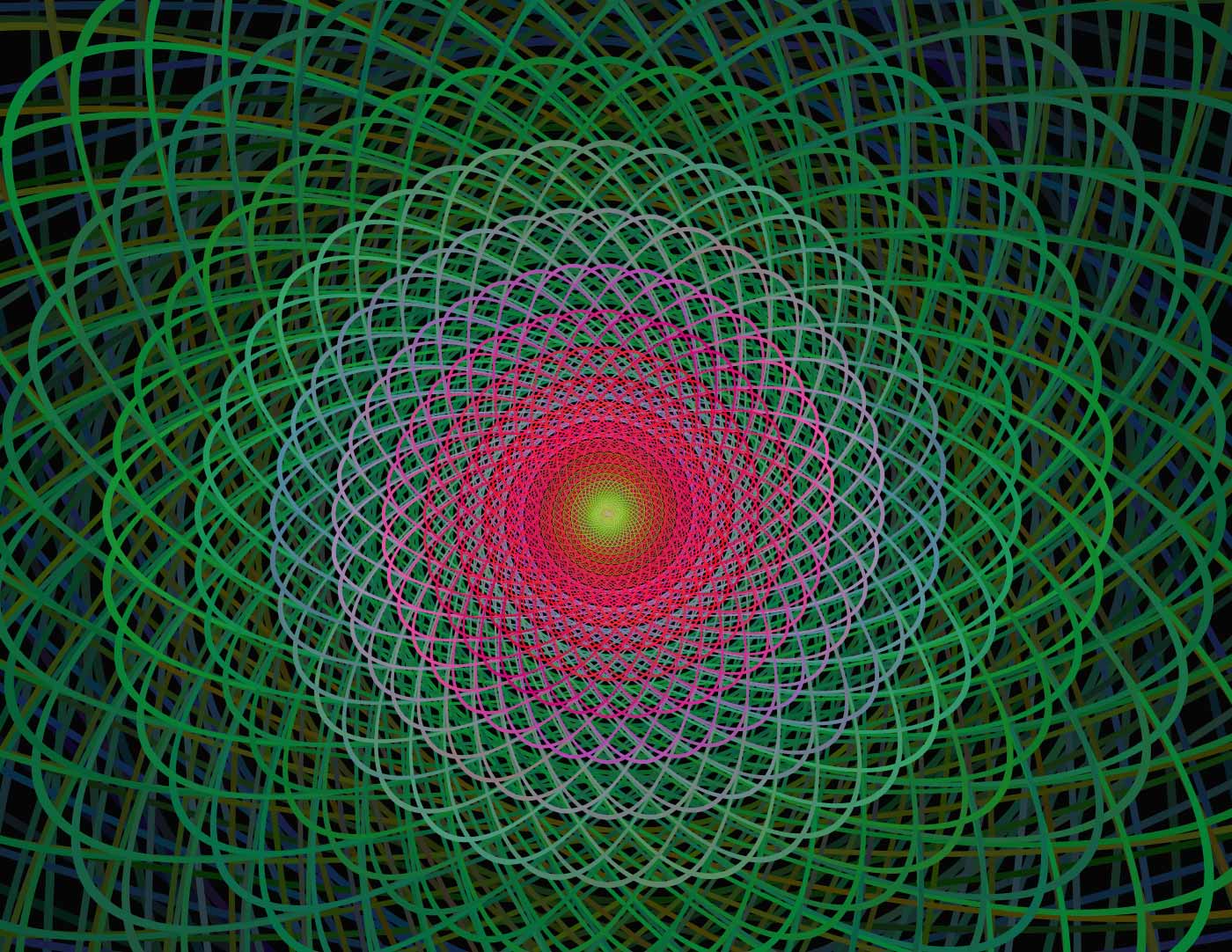AI needs a training reboot
Artificial intelligence is harder than we think--we have a long way to go to reach anything like general AI.
 Fractal design (source: DavidZydd via Pixabay)
Fractal design (source: DavidZydd via Pixabay)
For those who are worried AI is going to take over the world, scientist, author, and entrepreneur Gary Marcus says, “We’re not anywhere near that place.” In this presentation, Marcus reviews where our strategies in pursuit of smarter, more capable AI are falling short, and he argues that we need to shift our training models from pattern memorization to something more akin to how children learn through exploration and problem solving.
Highlights from Marcus’ presentation include:
Artificial intelligence is harder than we think. We have seen good success with things like object, face, and speech recognition, and recognizing patterns to play board games like go, and even to assist doctors in reading radiology scans. But, Marcus notes, “all of these successes are just examples of one kind of problem. … Intelligence is many kinds of problems, and we have a long way to go.” (2:04)
Right now, the major focus of deep learning is perception–and even then, the focus is really a subset of perception: object recognition. The issue, Marcus points out, is open-ended problems: “We need to be realistic and think about what other paradigms we might need if we want to get to general artificial intelligence–common sense, planning, analogy, reasoning. If we really want
to say we’ve gotten to something like artificial general intelligence that can work on open-ended
problems of the real world, we’re going to need more than just perception.” (6:38)
If we want to reach anything like general intelligence, Marcus argues, we need to shift our training paradigm. Instead of focusing on memorizing training examples, we need to study how children learn: through exploration, problem solving, and an intuitive understanding of how the world works. “If we want to build machines that are as smart as people,” Marcus says, “we should start by studying small people.” (8:49)
